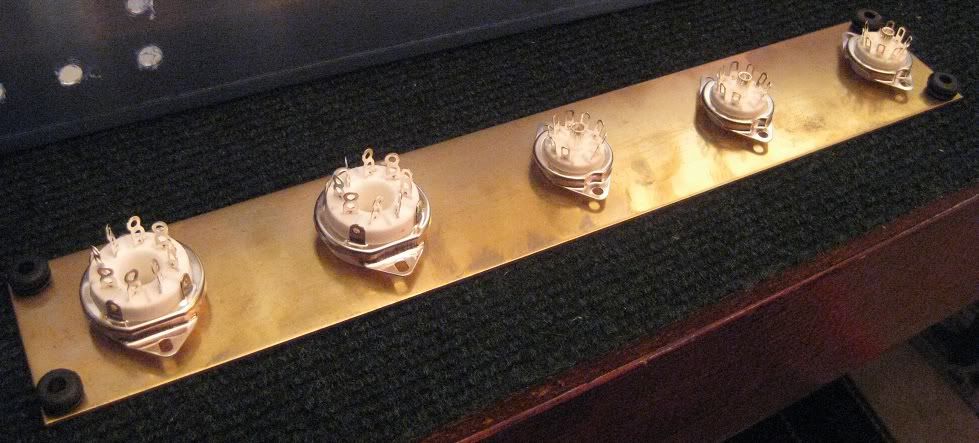At least one diagram showed metal on metal, the spring only served to pin them together...zero shock absorbtion unless there are no hard surfaces touching.
Then there are the tube wires, by the time it's spongy enough to protect the tubes, the wires are going to have increased wiggling.
Heat tends to harden things, solidly mounted is probably better than anything loose and 'clanging' against a stop point.
The best way is to have sprung and unsprung weight, the chassis helps to increase the sprung weight, giving the tubes a 'caddilac' like ride.
I liked the mushy stuff idea linked to Mcmaster Carr...
But instead I tend to build heads and simply make extra-cushy feet from rubbery stuff that came off of old bicycle rims.
Very easily made from tube [or even some tire], I like the ride and traction it offers. Set down hard to wood surface, makes no noise, I estimate almost 100% vibration dampening.
Then there are the tube wires, by the time it's spongy enough to protect the tubes, the wires are going to have increased wiggling.
Heat tends to harden things, solidly mounted is probably better than anything loose and 'clanging' against a stop point.
The best way is to have sprung and unsprung weight, the chassis helps to increase the sprung weight, giving the tubes a 'caddilac' like ride.
I liked the mushy stuff idea linked to Mcmaster Carr...
But instead I tend to build heads and simply make extra-cushy feet from rubbery stuff that came off of old bicycle rims.
Very easily made from tube [or even some tire], I like the ride and traction it offers. Set down hard to wood surface, makes no noise, I estimate almost 100% vibration dampening.
 Someone could convince me that it's more trouble than it's worth if they felt like it but the main reason I bring this back up is what Mr. Frondelli brought up in his original post: heat. Will those grommets just cook right away, or will I be able to get away with replacing them every few years? Steve, you said you've used reverb mounts before with good results but I don't know if they were that close to the tubes.
Someone could convince me that it's more trouble than it's worth if they felt like it but the main reason I bring this back up is what Mr. Frondelli brought up in his original post: heat. Will those grommets just cook right away, or will I be able to get away with replacing them every few years? Steve, you said you've used reverb mounts before with good results but I don't know if they were that close to the tubes.
Comment